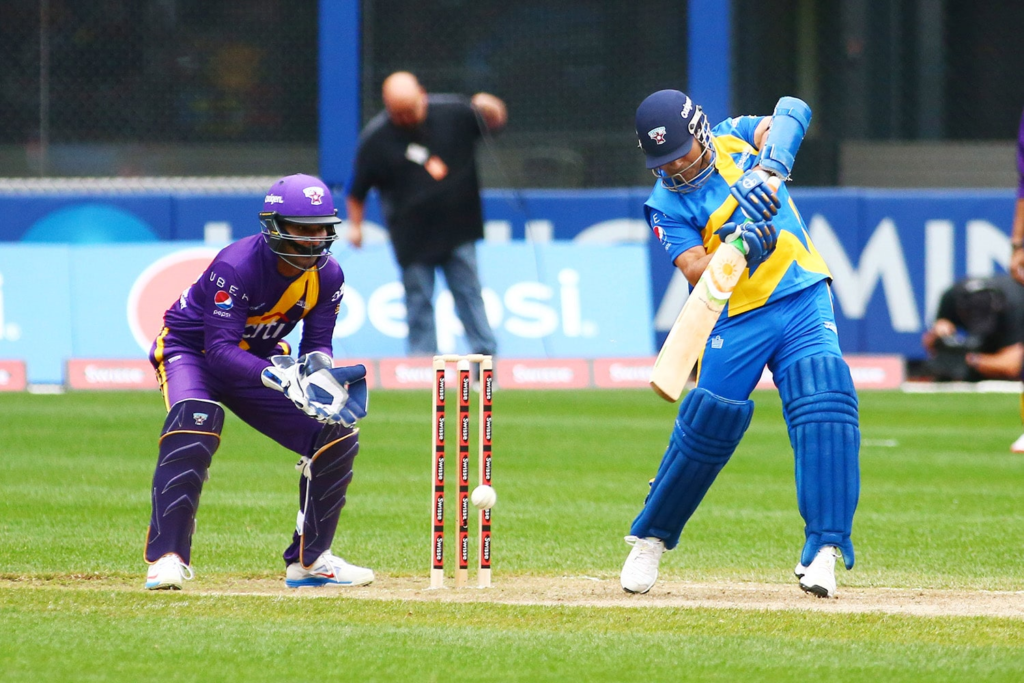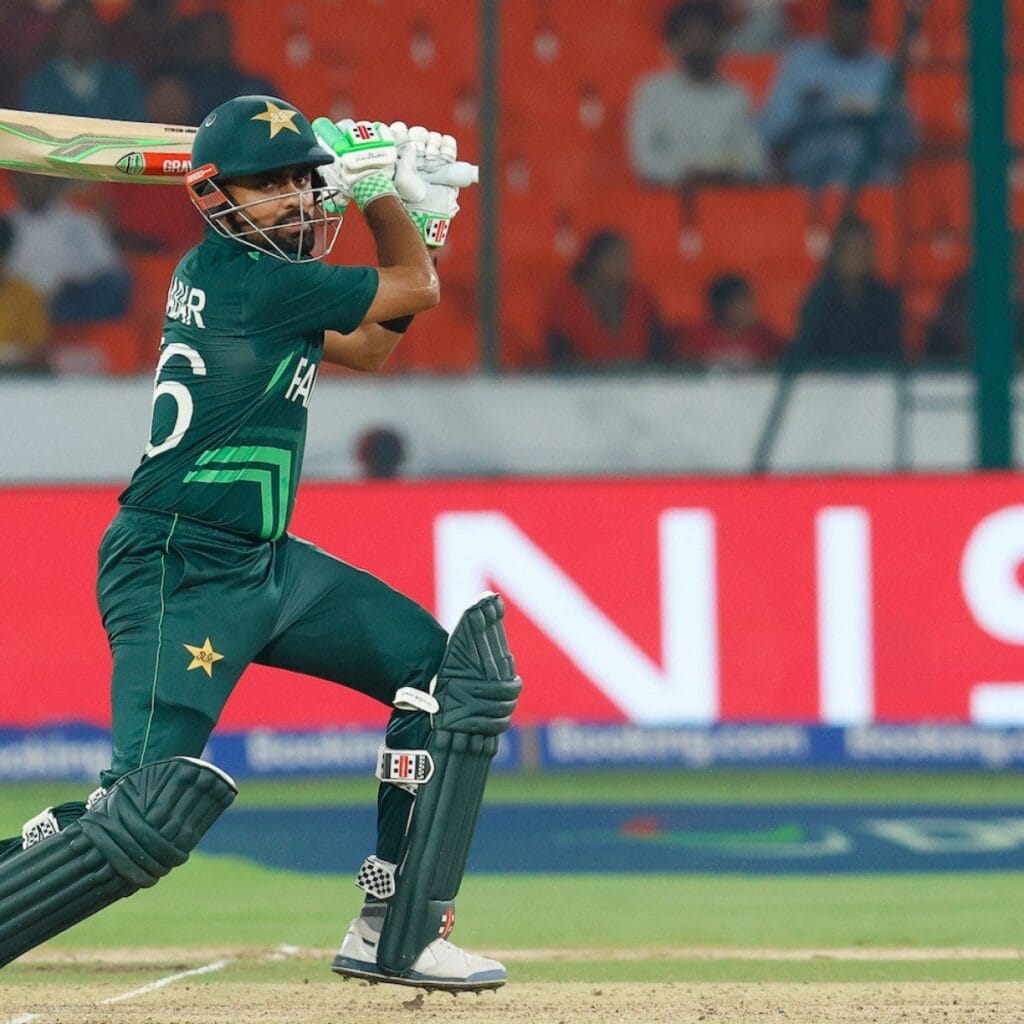Cricket has long been known as a sport with a massive fanbase concentrated primarily in Asia, particularly India. However, efforts to grow the game on a global scale are beginning to pay off. The keyword cricket go worldwide is no longer just a wishful slogan but a reality taking shape. In recent years, Indian Premier League (IPL) matches have even been hosted in the United States, signaling a shift toward making cricket more popular in Western countries.
With the opening of the Nassau County International Cricket Stadium in New York, the groundwork has been laid for the sport to take off in the U.S., where football, basketball, and baseball have traditionally dominated the sports landscape. While cricket’s origins may be far removed from the American sports psyche, the momentum behind the sport’s globalization cannot be ignored. The Asian market, especially with the influence of the IPL, has been the driving force behind cricket’s go worldwide movement, helping the sport attract attention in regions where it was once considered a niche activity.
Asia’s Rising Economic Power
Asia’s economic rise is transforming the cricket landscape and has been fueling the sport’s The cricket scene is changing as a result of Asia’s economic progress. The developing economies in the area have made substantial resources available for investments and infrastructure related to cricket.
The IPL is a prime example of investment success with its lavish player auctions and sponsorships from the biggest brands around the world. That includes brands like India’s Tata Group, Vivo, and Dream11.
Wealthy nations like the UAE are constructing state-of-the-art stadiums while emerging economies like Bangladesh are investing in grassroots development through cricket academies.
For the Pakistan Super League, one of their major sponsors are the country’s Habib Bank Limited.
Significant funding was also received by the Emirates Cricket Board from regional companies. They have effectively hosted international competitions as a result, and they were even able to host the IPL during the pandemic.
So yes, the financial support from big brands ensures that cricket’s global footprint continues to expand
Cricket’s Market Adaptability
Cricket’s adaptability could make it easier for audiences in different parts of the world to be more interested in the sport. In India, it’s common to experience cricket even outside the professional scene. This is also a popular game played in various places by people of different ages. Pakistan is also doing the same thing, but tape-ball cricket is the more popular version of this sport in the streets. It’s a fast-paced version of the game played with a tennis ball wrapped in tape. Additionally, even if Singapore has limited space, indoor cricket leagues are flourishing. Additionally, even if Singapore has limited space, indoor cricket leagues are flourishing.
Cricket’s various formats also cater to diverse preferences. Those who prefer traditional cricket can tune in to five-day Test matches.
But for audiences who just can’t spare five straight days to finish a match, One Day Internationals (ODIs) might be for them. Then there’s Twenty20 (T20) which is the shortest, fastest, and modern format of cricket.
Challenges and Opportunities in Expanding Cricket Go Worldwide
As cricket continues to make strides toward global recognition, the road ahead is filled with both exciting opportunities and considerable challenges. While the sport has a rich history and passionate following in countries like India, Australia, and the UK, efforts to grow cricket go worldwide face several hurdles that must be addressed. In this breakdown, we will explore the challenges hindering cricket’s expansion and the opportunities that could help the game reach new heights internationally.
Time Constraints and Audience Engagement
Time-Consuming Formats:
One of the main challenges facing the global expansion of cricket is the time commitment required for traditional formats like Test cricket and One-Day Internationals (ODIs). These matches can last anywhere from several hours to five days, a duration that is less appealing to audiences accustomed to faster-paced sports like football, basketball, and tennis. In newer markets where attention spans and sports consumption habits favor quick games, the longer formats may struggle to build a strong following.
Cricket Go Worldwide with Shorter Formats:
The introduction of shorter formats, such as Twenty20 (T20), has been instrumental in expanding cricket go worldwide. T20 matches, which last around three hours, have successfully drawn in newer, younger audiences by providing fast-paced entertainment. These shorter formats have the potential to overcome the time constraint issue, making cricket more digestible for a global audience. However, Test and ODI formats remain a challenge in attracting sustained interest.
Competition with Established Sports
Competing for Viewership in Major Markets:
In countries where sports like football (soccer), basketball, and baseball reign supreme, cricket faces stiff competition. In regions like North America and Europe, established sports leagues such as the NFL, NBA, and Premier League dominate the viewership landscape, leaving little room for newer sports to gain traction.
Leveraging Cricket Go Worldwide Through Events:
Despite the competition, events like the Indian Premier League (IPL) have showcased cricket’s potential to expand internationally. In 2023, the first-ever IPL match held in the U.S. attracted significant attention, signaling that cricket go worldwide is not just a possibility but an emerging reality. High-profile international tournaments, especially those broadcast across global platforms, offer an opportunity for cricket to carve out its niche in markets where it has traditionally been underrepresented.
Infrastructure Development and Accessibility
Lack of Facilities and Coaching Expertise:
Another challenge in the effort to see cricket go worldwide is the lack of infrastructure in many countries. While nations like India, Australia, and England have well-established cricket grounds and training programs, many emerging cricket markets lack the facilities, funding, and coaching expertise required to build competitive teams. Even in the U.S., the construction of new cricket stadiums, as seen with the IPL expansion, is still in its early stages.
Opportunities for Growth in Emerging Markets:
However, there is considerable potential for growth in these regions. Governments and private stakeholders can invest in cricket facilities and coaching programs to nurture talent at the grassroots level. Countries such as the UAE and Canada, which have seen a rise in interest in cricket, are actively investing in infrastructure, demonstrating that with the right resources, cricket go worldwide can become a reality. The growing interest in cricket in these non-traditional markets could significantly boost the sport’s global footprint.
The Role of Digital Engagement in Expanding Cricket’s Reach
Digital Platforms as Tools for Globalization:
In today’s digital age, social media, streaming platforms, and online content are crucial for attracting new audiences. Platforms like YouTube, Twitch, and dedicated cricket streaming services provide fans worldwide with access to live matches, highlights, and in-depth analysis, all at their fingertips. This digital revolution has made cricket go worldwide more feasible by removing geographical barriers.
The Impact of Cricket Apps:
Apps dedicated to cricket have helped expand the sport’s digital presence, attracting younger, tech-savvy users. Fans can now follow live updates, player stats, and match results in real-time, creating a more immersive experience. Digital platforms have also allowed cricket leagues to reach a broader audience by offering tailored content for different regions, thus furthering cricket go worldwide. This digital accessibility is key to capturing the interest of global fans.
The Inclusion of Cricket in the Olympics
A Potential Boost for Cricket’s Global Popularity:
The return of cricket to the Olympics in 2028 offers a unique opportunity to broaden the sport’s international appeal. Cricket go worldwide can receive a significant boost from the global exposure that comes with the Olympics, as nations that don’t traditionally follow cricket will be introduced to the sport through this global event. Olympic inclusion could also spur government funding for cricket programs in countries looking to invest in their national teams for the international stage.
Cricket’s Olympic Journey:
Cricket was last included in the Olympics in 1900, but the upcoming reintroduction will place the sport in front of a vast audience, providing a platform to showcase the shorter, more globally appealing T20 format. This step is seen as a strategic move by the International Cricket Council (ICC) to help cricket go worldwide by aligning with one of the biggest sporting events in the world.
The Growth of Women’s Cricket on a Global Scale
Expanding the Game Through Gender Inclusivity:
One of the most exciting developments in recent years has been the rapid growth of women’s cricket. Countries such as Australia, India, and England have made significant strides in promoting women’s cricket through domestic leagues, international competitions, and marketing efforts. This focus on gender inclusivity could be a game-changer for seeing cricket go worldwide, as it taps into new markets and demographics.
The Role of Women’s Leagues in Global Expansion:
Women’s cricket leagues, such as the Women’s Big Bash League (WBBL) and The Hundred, have contributed to growing the game by providing a platform for female athletes to showcase their talent. This inclusivity opens the door for cricket go worldwide, as it increases the sport’s visibility and appeal across genders and age groups, creating a more inclusive and diverse global fanbase.
Can Cricket Catch Up to Football?
While cricket is making strides toward global recognition, it remains a long way from challenging football as the world’s most popular sport. However, the combination of shorter match formats, digital engagement, and the growth of women’s cricket offers the sport a chance to solidify its global presence. With stakeholders like the ICC investing in the global expansion of the game, there is a real opportunity for cricket go worldwide to become more than just a dream.
The challenges remain significant, but with innovations such as Olympic inclusion and digital engagement, cricket has the potential to carve out a larger share of the global sports market. Whether or not cricket will reach the same heights as football remains to be seen, but one thing is certain: the world is starting to take notice of this century-old sport, and its global journey is far from over.





